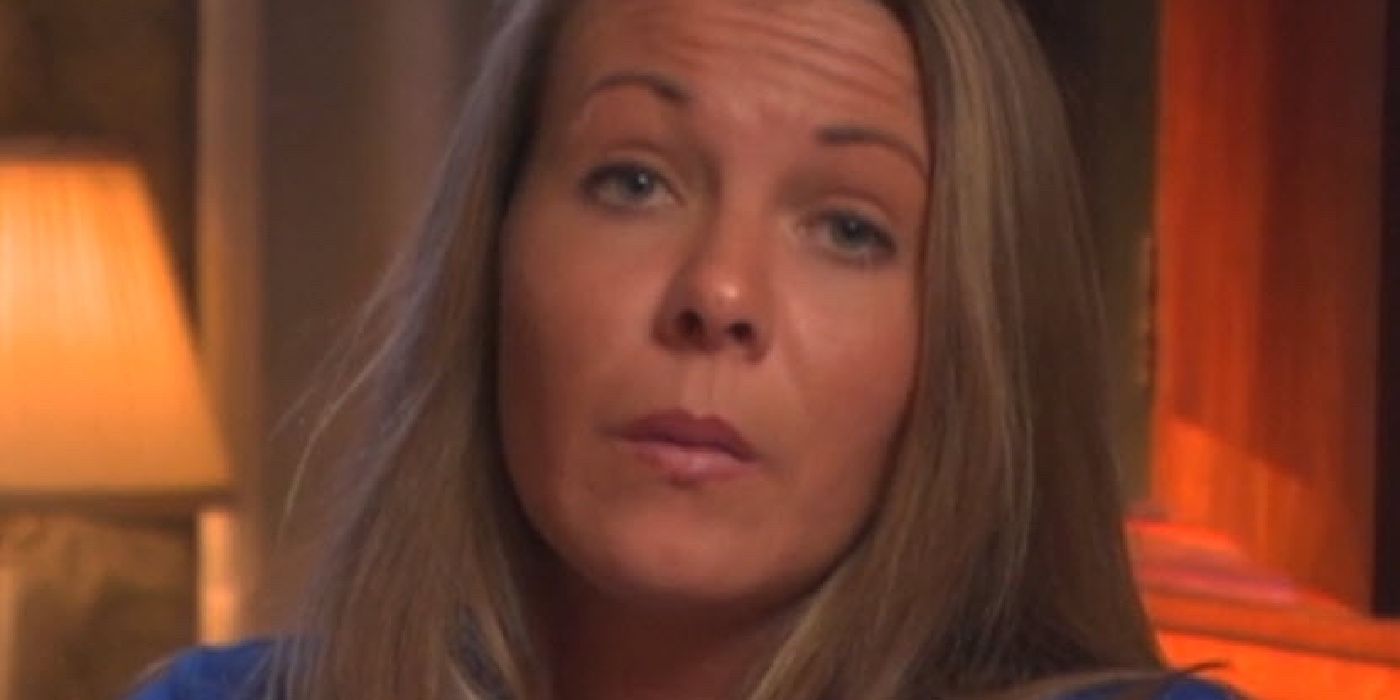
Steps for Intervening in Bullying Situations

The key components of the bullying intervention program, according to Olweus, are increased adult supervision in all areas of the school, increased consequences for bullying behavior, and a clear message that bullying will not be tolerated.

#List of intervention episodes alcohol series
In order to effectively accomplish its goals of reducing existing bullying problems and preventing the development of future problems, the program leads teachers, administrators, and staff through a series of tasks that make them aware of the extent of the bullying problem and help them solve it. The program restructures the learning environment to create a social climate characterized by supportive adult involvement, positive adult role models, firm limits, and consistent, noncorporal sanctions for bullying behavior.

Olweus based the program on principles derived from research into behavior modification techniques for aggressive or violent children. Since then, a number of countries, including England, Germany, and the United States, have implemented Olweus's program with similar results.

Within two years, incidents of school bullying had dropped by more than 50 percent. That program, developed by psychologist Dan Olweus, was tested with more than 2,500 students in Bergen, Norway. The event triggered shock and outrage, led to a national campaign against bullying behavior, and finally, resulted in the development of a systematic school-based bullying intervention program. In 1982, three Norwegian boys, ages 10 through 14, committed suicide, apparently as a result of severe bullying by their classmates. Included: Practic al tips for changing the behavior of bullies and their victims. "Bullying," according to noted expert Dan Olweus, "poisons the educational environment and affects the learning of every child." Learn what you can do to keep bullying behavior from poisoning your school. Bullying Intervention Strategies That Work


 0 kommentar(er)
0 kommentar(er)
